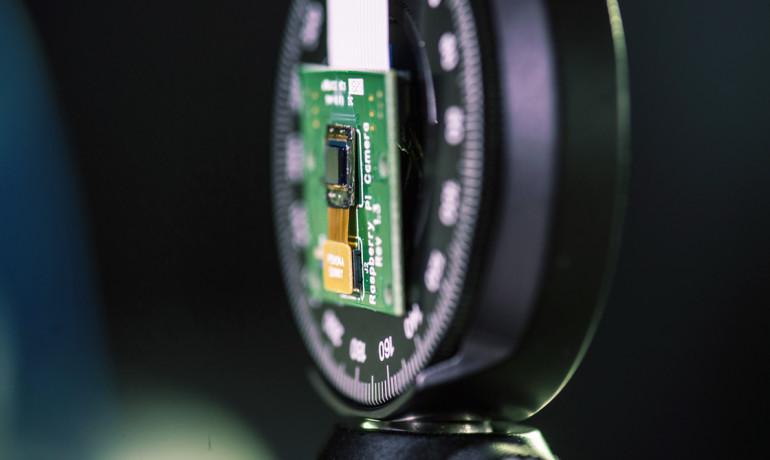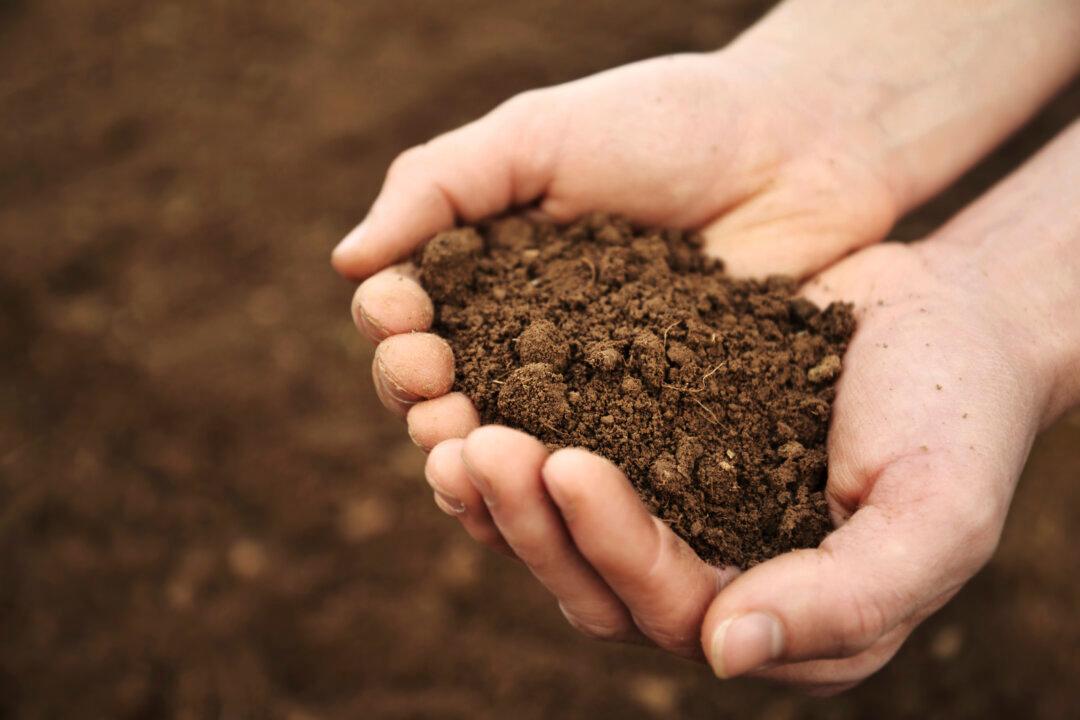Last year chemists at Rice University discovered that enhanced buckyballs capture carbon dioxide. Now they’re heating them up to see if that capability is tunable for different applications.
Buckyballs (carbon-60 molecules) gain the ability to sequester carbon dioxide when combined with a polymer known as polyethyleneimine (PEI).
In the new study, the researchers found pyrolyzing the material—heating it in an oxygen-free environment—changes its chemical composition.
“One of the things we wanted to see is at what point, chemically, it converts from being something that absorbed best at high temperature to something that absorbed best at low temperature,” says Andrew Barron, a professor of chemistry, materials science, and nanoengineering. “In other words, at what point does the chemistry change from one to the other?”




